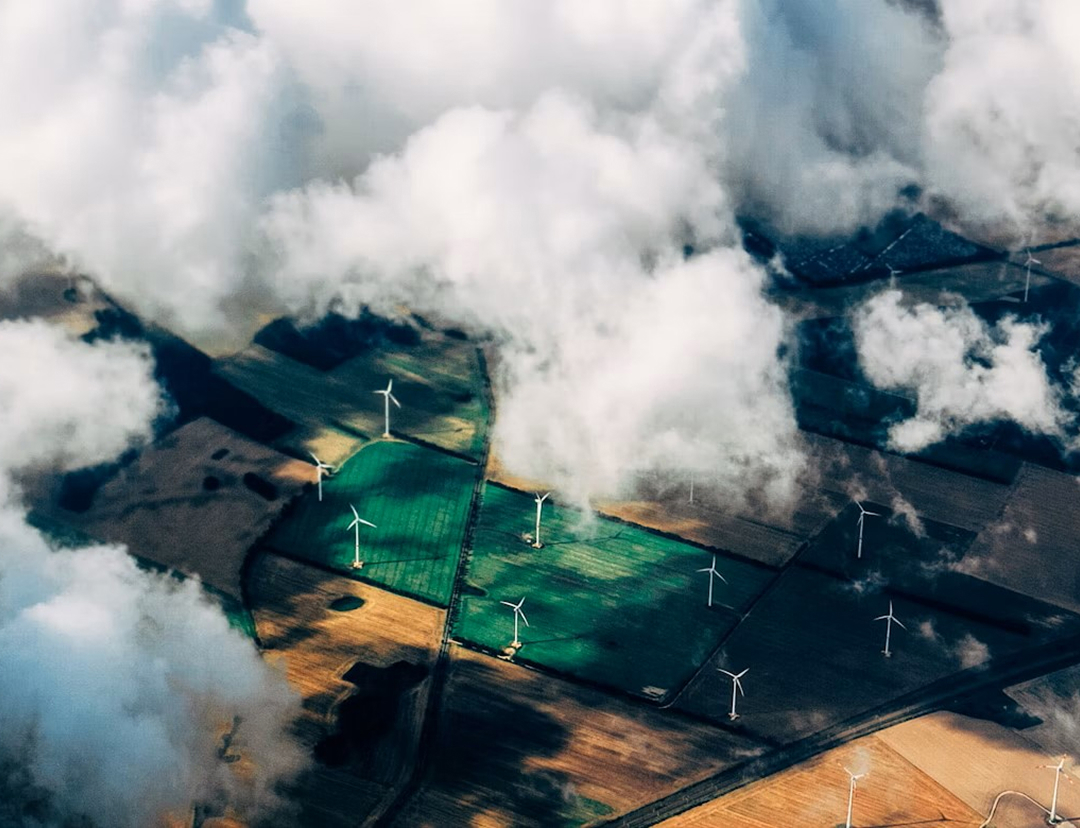Recent flooding in central Texas has led to the discovery of ancient dinosaur tracks, despite the tragic loss of life in the area. A volunteer assisting residents near Austin found large footprints that experts have confirmed are authentic. These tracks are believed to belong to the Acrocanthosaurus, a large carnivorous dinosaur that lived approximately 110 to 115 million years ago.
The flooding, which occurred in early July, stripped away trees, dirt, and gravel that had previously obscured the tracks. This natural disaster has provided a rare glimpse into the prehistoric past. Matthew Brown, a paleontologist at the University of Texas at Austin, noted that such events often lead to unexpected scientific discoveries. "Whenever there's any kind of cataclysmic event, floods, things that are very destructive to our human experience, they also are uncovering a lot of new fossils," Brown said.
The tracks were found on private property in the Sandy Creek area, where vegetation had long concealed them. As floodwaters rose to 20 feet, they cleared the overgrowth, revealing the fossilized footprints. Brown explained that while the Acrocanthosaurus tracks are distinct, they may superficially resemble those of a Tyrannosaurus rex, despite the two species living about 40 million years apart.
During the time these dinosaurs roamed Central Texas, the region was home to various species, including massive plant-eaters like sauropods. Brown expressed the significance of seeing the footprints, stating, "To be able to see the footprints, this track in the ground, on the site where these dinosaurs were actually walking, really sort of brings home the reality that these were living creatures that would have been, you know, if we lived 115 million years ago, would have been sharing the environment with us."
Researchers are now planning to use drones and laser surface scanners to create 3D replicas of the tracks for further study. Brown also encouraged the public to report any fossil discoveries made during flood cleanup efforts. He advised anyone who finds a fossil to take a photo and email it to experts, allowing scientists to investigate without damaging the find.

 Local News in Texas
Local News in Texas

 Lodi News Stockton
Lodi News Stockton WTHR
WTHR CNN Video
CNN Video Daily Press Sports
Daily Press Sports Butler Eagle
Butler Eagle Detroit Free Press
Detroit Free Press The Washington Post World
The Washington Post World ScienceAlert en Español
ScienceAlert en Español The Babylon Bee
The Babylon Bee New York Post
New York Post Raw Story
Raw Story